Manufacturing
- Raw material
- Raw material
- Synthesis
- Activation
- Binder
- Control
- Field of Use
A low calcium raw mixture
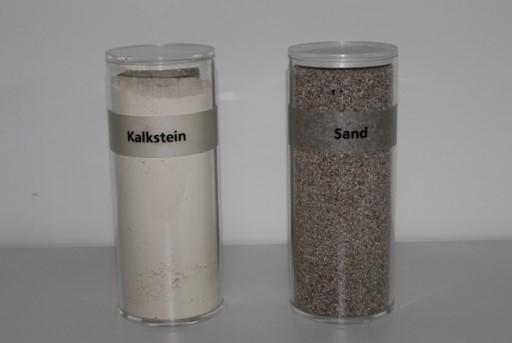
Prior to further use, the raw materials containing calcium (CaO) and silicon (SiO2) must be processed and an appropriate raw mixture must be designed from the raw material. The CaO supplying component must be available in a reactive form for the following autoclave treatment. This can be achieved by simple decalcination of limestone. However, the molar ratio of calcium to silicon is between 0,5 and 2. That shows a rather low demand in CaO.
Hydrothermal synthesis

Using an autoclave under saturated steam conditions (150-300°C) the autoclave “raw meal” with suitable C/S ratio is processed until special calcium silicate hydrates are formed as an intermediate product. The product from the autoclave has no hydraulic properties. It is stabilised by so called hydrogen bonds preventing it from any further reaction.
Activation grinding
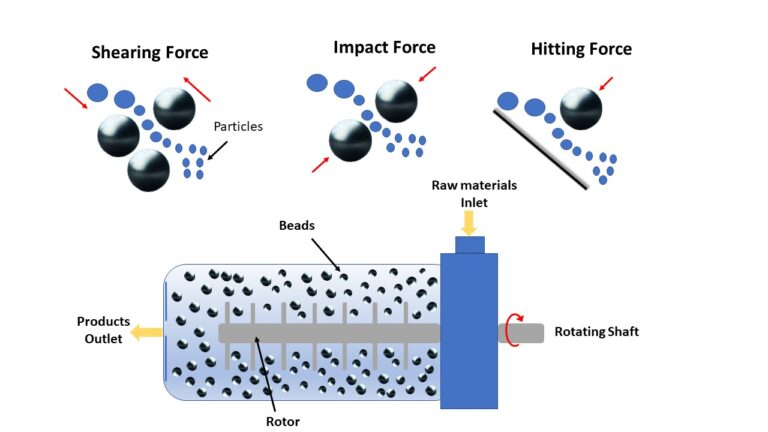
The activation grinding step triggers the most important phase transformation during Celitement production. It is at this point, that the stabilizing hydrogen bonds are destroyed. This happens in a so called “tribochemical or mechano-chemical” surface reaction during co-grinding either with other silicates or of the pure CSH-Phase. By this, the new calciumhydrosilicates, named Celitements, are finally formed. To control the reactivity and other important product properties, addition of certain admixtures is possible at this step.
Binder
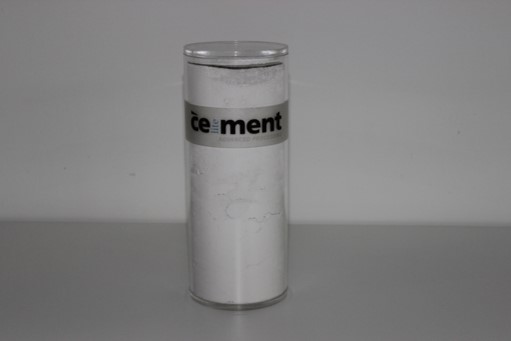
The final product obtained after the reaction grinding already contains appreciable amounts of structural water. Celitement is kind of "prehydrated" but can be used and applied just like classical Portland cement. It is also possible to mix it with cement and other hydraulic active substances. During hydration, large amounts of the well known "concrete glue", namely C-S-H-phases (Calcium Silicate Hydrates) know from hydration of classical cement, are formed.
Process control
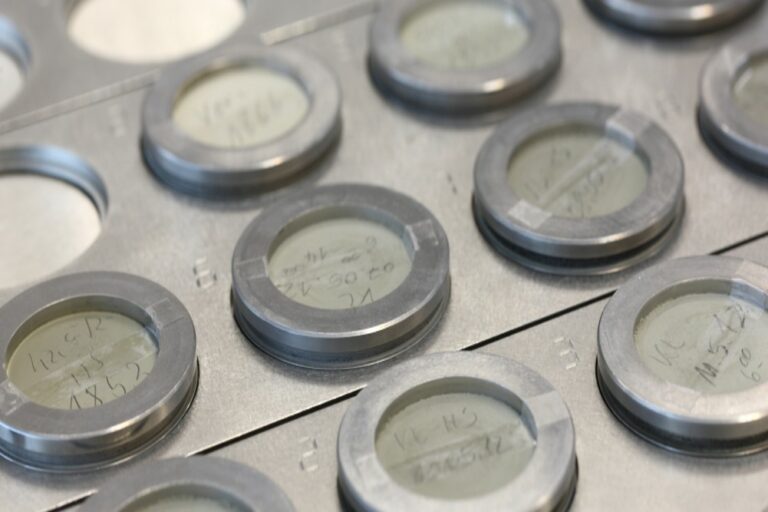
A reliable process control, quality control and optimization of the product up to marketability is only possible if all related materials can be accurately enough characterized and objectively assessed. The efficiency of an industrial plant is highly dependent on the use of automatable systems for production and quality control. Some methods of previous manual analysis of Celitements have never been integrated into the automation of the process control of industrial installations. It is very effortful to characterize or identify Celitement analytically. The processes required for this are complex. For the development and optimization of Celitement, special analytical expertise is required. Only the analytical control of all process steps in the production allows the step into industrial practice.
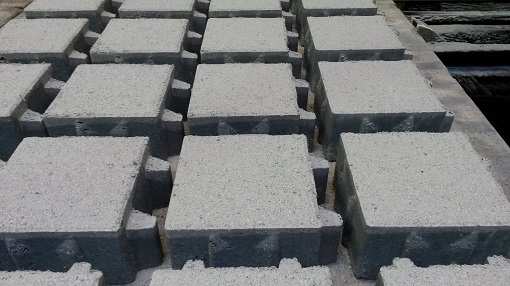
Just like Portland Cement (PC), Celitement can be used in a large varity of differenz binder applications. However, as Celitement contains no aluminate phases and also no gypsum, the workability is best adjusted and controlled using modern superplasticizers (e.g. PCE´s). This provides opportunities with respect to further improvement, as much of today´s construction chemistry is optimized for Portland Cement based systems and not for this new familiy of pure CSH binders.


